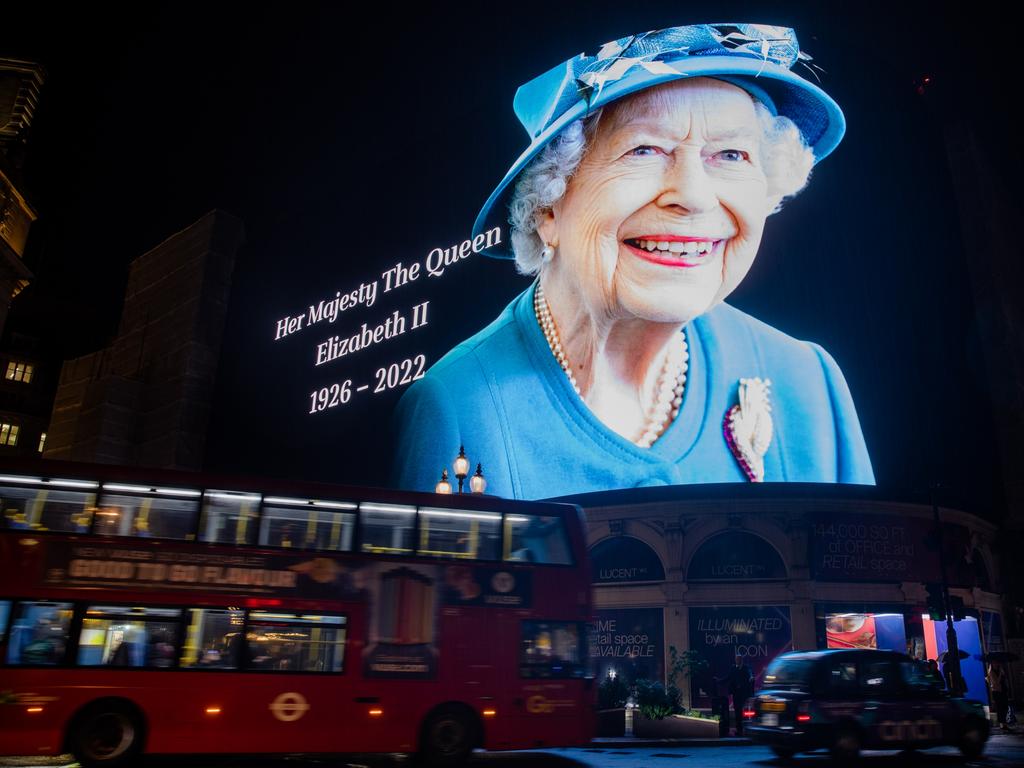Not just a great team, one of history’s great royal love stories
The regal double-act lasted 73 years, the longest marriage in royal history, and as he promised from the start he was always his wife’s liegeman of life and limb.

For a shy, 13-year-old Princess, it really was a case of love at first sight, as she herself admitted more than 80 years later, at the end of 2021. In her first Christmas broadcast since the death of her “beloved Philip”, the Queen reflected: “That mischievous, inquiring twinkle was as bright at the end as when I first set eyes on him.”
That first encounter – which would lead on to the longest marriage in royal history – happened on a summer’s day in 1939 as King George VI took his family to visit the Royal Naval College, Dartmouth.
While the King and Queen attended a series of official events, Princess Elizabeth and her sister, Margaret, were entertained separately by a small group of cadets, including 18-year-old Prince Philip of Greece and Denmark.
A distant royal relation, he made an instant impression, cracking jokes and showing off by vaulting the nets on the college tennis courts. The royal nanny, Marion Crawford, likened him to “a Viking”.
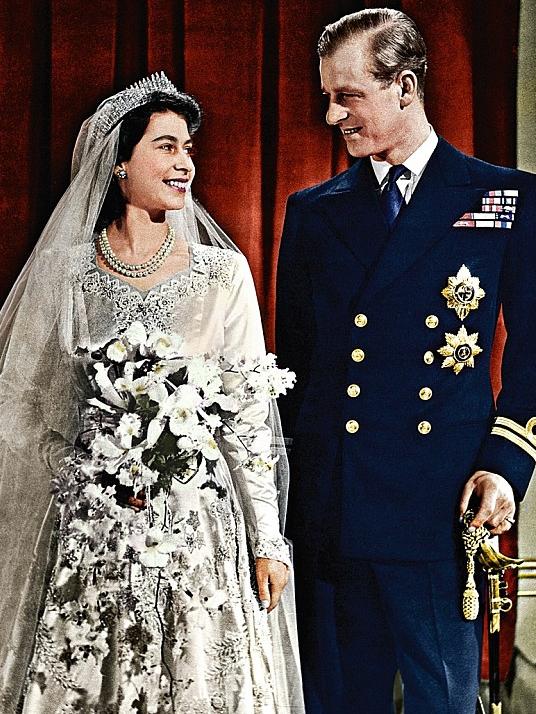
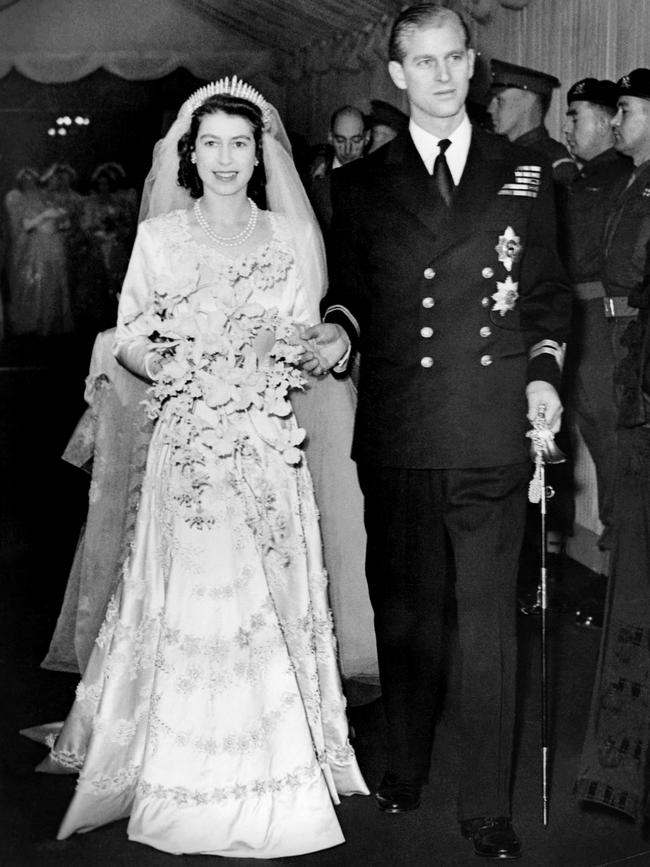
Philip had been born on the Greek island of Corfu in 1921, the youngest of five children – and only son – of Prince Andrew, younger brother of the King of Greece, and Princess Alice of Battenberg. The Greek throne was famously unstable, its reigning family only relatively recently imported from the royal house of Denmark. After being unjustly blamed for a military defeat by Turkey, Prince Andrew only avoided a firing squad by escaping with his family on a Royal Navy warship, sent by his cousin, King George V. Prince Philip, still a baby, famously had an orange crate for a cot.
The family lived in unhappy exile in Paris, until all four elder daughters were married off to German nobility in quick succession and young Philip was sent to boarding school in Britain. After Princess Alice was consigned to a Swiss sanatorium for years following a nervous breakdown, Prince Andrew drifted around Europe. By his own admission, Prince Philip never really had a home.
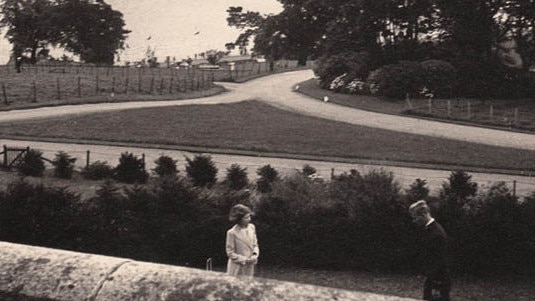
Yet he thrived at his rugged Scottish boarding school, Gordonstoun, before joining the Royal Navy. He was a star cadet and, after the outbreak of war, went on to serve all over the world, from the Mediterranean (where he was mentioned in dispatches) to Asia and Australia.
In 1941, while on shore leave in Britain, he was invited to stay at Windsor by his distant kinsman, the King, to the delight of Princess Elizabeth. In 1943, he was asked back again. By now, that five-year age gap was less pronounced and the pair began exchanging occasional letters. Once the Prince had returned from the war in 1945, their friendship became more of a romance. The following summer, he proposed while staying at Balmoral and “Lilibet” accepted instantly.

The King asked the couple to wait until after the Royal Family’s winter tour of South Africa before finally announcing their engagement. The wedding was set for November 1947 and it was not without its problems. Given that all the Duke’s surviving sisters had been married to Nazi officers during the war, they were all excluded. There were even complaints that the dress was made from silk produced by Japanese silkworms, until the Palace angrily pointed out that the worms were Anglo-Chinese.
In a nation still on rations and pockmarked by the scars of war, the sight of a Princess travelling in a carriage to marry her Prince Charming was a huge morale-booster. Recorded in Technicolor, it was on show in cinemas all over the world for months.
“Lilibet is the only ‘thing’ in this world which is absolutely real to me,” Philip wrote to his new mother-in-law during a honeymoon spent in Hampshire and Scotland. He had ceased to be a Prince before the wedding when he gave up his Greek citizenship to become a naturalised Brit as plain Philip Mountbatten. But he was not “Mr” for long. On his wedding day, the King gave him the title of Duke of Edinburgh and the newlyweds settled down to life as a Royal Navy married couple.
A year later, Prince Charles was born at Buckingham Palace and the fountains of Trafalgar Square ran blue for a boy.

The following year, the Duke was posted to the Mediterranean Fleet, based in Malta. Leaving her young son with the King, the Queen and his nannies, the Princess flew out to join her husband for several weeks. Malta was a revelation, a place where she could be a “normal” naval wife, driving herself around, shopping and enjoying dances at the Phoenicia Hotel, where the band would strike up her favourite song – “People Will Say We’re In Love” – when the Edinburghs walked in.
She made several return visits, even after the birth of Princess Anne in 1950. However, by 1951 the King’s declining health meant that Princess Elizabeth was needed at home. The Duke was ordered to put his naval duties on hold and join his wife. They were just days into a major round-the world tour the following February when news reached them from Britain: the King was dead.
At 25, the new Queen was sovereign of a large part of the planet while her husband was destined to play a supporting role for evermore. At her Coronation, he took a vow to be her “liegeman of life and limb”. It was not easy. Though there were well-defined roles for monarchs, the rule book for consorts only covered females. To the old guard at the Palace and in Downing Street, the young Duke was trouble. When he argued that his young family should carry on living at Clarence House, where they had built a happy family home, Prime Minister Winston Churchill was having none of it. He was adamant that the Monarch had to move to Buckingham Palace. Any of the Duke’s ideas for reforming the antiquated Royal Household were rejected. As his cousin-by-marriage, Lord Brabourne, recalled: “They were absolutely bloody to him.”

Undaunted, the Duke set about doing his own thing, such as creating the Duke of Edinburgh’s Award to help young people gain confidence through volunteering and outward bound activities. Again, the establishment was sniffy. Some accused him of undermining the Scouts. Others moaned that it lacked a uniform. Yet, the idea would be embraced by millions around the world.
The Queen was acutely conscious of the need to give her husband a proper role. She put him in charge of all the royal estates and, in 1956, sent him off in the Royal Yacht to open the 1956 Melbourne Olympic Games and visit remote parts of the Commonwealth. Though the Netflix series, The Crown, would depict the trip as some sort of party cruise, it was anything but. From Melbourne, the Duke sailed south, accompanied by several elderly scientists and the artist, Edward Seago. By Christmas, they were in Antarctica.
However, by now, the marriage of his Australian equerry, Mike Parker, was over. The long separations had been too much for his wife, Eileen. When she filed for divorce during the trip, alarm bells sounded in Fleet Street. Talk of divorce so close to the throne led to feverish speculation about the royal marriage, too, especially in the foreign press, driving the Palace to issue a statement denying any rift.
The couple were all smiles when they were reunited in Lisbon in February 1957 but the headlines and the gossip had hurt the Queen a lot. It was time to shore up the Duke’s position. He was made a Prince of the United Kingdom. The Queen changed the rules so that future royal children would take the surname Mountbatten-Windsor instead of plain Windsor. In choosing a school for Prince Charles, the Queen left the decision to the Duke. In short, she wanted her husband to have an enhanced royal role, whatever the old guard might say.


The birth of Prince Andrew in 1960, followed by Prince Edward in 1964, saw the couple take a much more modern, hands-on approach with their younger children. Gradually, the Palace was catching up with the spirit of the age. By the end of the 1960s, the Duke had persuaded the Queen that the time had come to allow television cameras inside the door for the first royal documentary. Viewers in more than 120 countries sat spellbound watching the Windsors at work, at home and enjoying a barbecue (as the Queen made the salad dressing).
With the two elder children now taking on royal duties, there was a new dynamic. The Queen and the Duke were no longer the glamorous young royals. In 1973, they watched their daughter marry fellow Olympic equestrian Captain Mark Phillips, and, in 1977, they became grandparents with the arrival of Princess Anne’s first child, Peter Phillips.
All through the 1980s, with the arrival of new daughters-in-law, Lady Diana Spencer and Sarah Ferguson, and more grandchildren, the Queen and the Duke were eclipsed by the glamour of the younger generation. However, as the marriages of their three eldest children fell apart in 1992, followed by the terrible fire at Windsor Castle, the Queen needed her “liegeman” more than ever.
It was the Duke who led the restoration of the castle on her behalf. And after the tragic death of Diana in 1997, the Duke played a key role in the funeral planning and in quietly explaining to two traumatised Princes that if they didn’t walk behind their mother’s coffin, they might regret it for evermore.
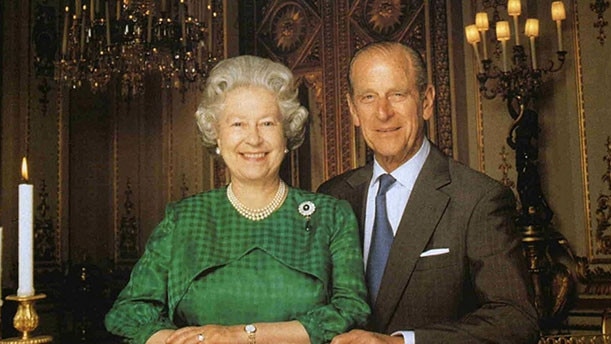
At the end of that year, during celebrations to mark their Golden Wedding anniversary, the Queen paid a lasting tribute to her husband: “He has, quite simply, been my strength and stay all these years, and I, and his whole family, and this and many other countries, owe him a debt greater than he would ever claim, or we shall ever know.” For his part, the Duke observed: “The main lesson that we have learnt is that tolerance is the one essential ingredient of any happy marriage. You can take it from me that the Queen has the quality of tolerance in abundance.”
At the dawn of the 21st century, it seemed that the worst was over. Yet just as the Queen was about to celebrate her Golden Jubilee in 2002, she lost her sister and her mother within weeks of each other. Not a single Jubilee engagement was cancelled. As long as she had her “strength and stay”’, she could weather pretty much anything. In 2007, the couple spent their 60th wedding anniversary remembering old times back in Malta, not that it was an entirely romantic mission. The following day, they flew on to a Commonwealth summit in Uganda. Even in their 80s, it was business as usual.

Time, of course, would take its toll. During the Queen’s Diamond Jubilee celebrations in 2012, the Duke was rushed to hospital with a bladder infection. It was time to start slowing down. Long-haul flights were no longer an option but the couple would still make big state visits to France and Germany before they finally decided to curtail all overseas travel with one last visit to – where else? – Malta in 2015.
Though the Duke retired from public life in 2017, the Queen would soldier on, facing some of the gravest challenges of her reign, not least the Covid pandemic and the departure of the Duke and Duchess of Sussex from the royal fold.
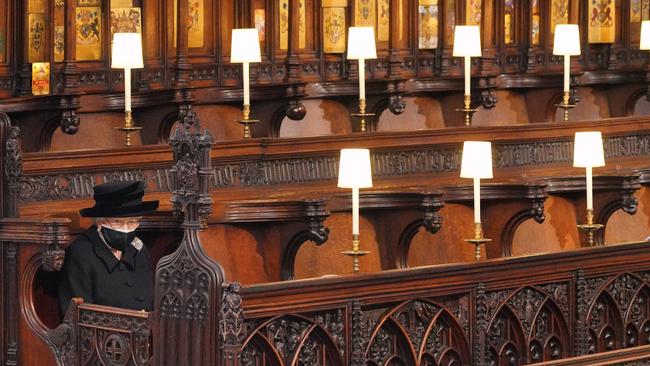
In the midst of it all, on April 9, 2021, she faced the saddest one of all as she lost her “liegeman of life and limb”, two months short of his 100th birthday.
Together, they had been one of the most effective royal double-acts of all time. Her calm, commonsense approach combined with his bracing, can-do enthusiasm made for a formidable partnership.
Above all, throughout their 73 years together, they were not just a great team. They were one of royal history’s great love stories.
Robert Hardman is author of Queen of Our Times and writes for London’s Daily Mail.

